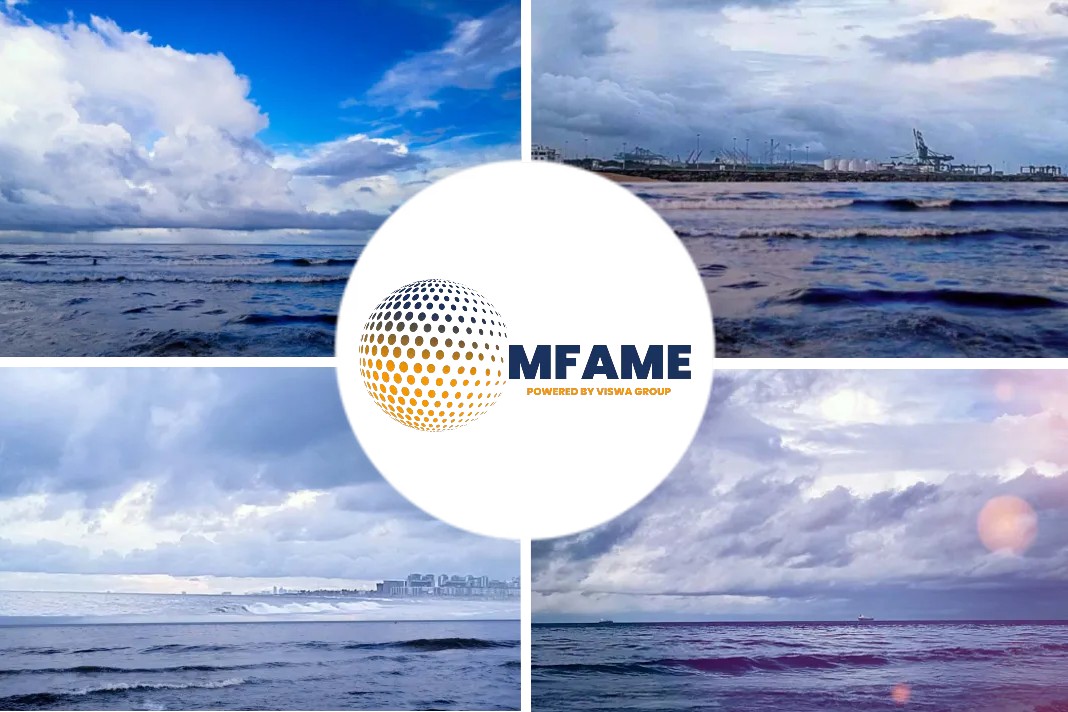- 0.5% sulfur fuel oil and marine gasoil prices shrink amid high demand for VLSFO.
- It is further fueled by slack market conditions for middle distillates.
- 0.5% marine fuel FOB Rotterdam barges at $21/mt Wednesday.
- Mediterranean has seen the most pronounced tightness for 0.5%S bunkers, with spreads of around $10 between VLSFO and MGO at some ports in 2020.
According to an article published in Platts, the start of 2020 has seen the spread between the main compliant bunker fuels, 0.5% sulfur fuel oil and marine gasoil, shrink, amid high demand for very low sulfur fuel oil and slack market conditions for middle distillates.
Gasoil prices on a rise
European 0.1% sulfur marine gasoil remains priced at a premium to 0.5% VLSFO, which is to be expected due to higher refinery and manufacturing costs. However, the differential between VLSFO and 0.1%S marine gasoil in both the barge and the downstream bunkers market has narrowed notably over the first days of 2020.
S&P Global Platts assessed the spread between DMA marine gasoil FOB ARA barges and 0.5% marine fuel FOB Rotterdam barges at $21/mt Wednesday, narrowing by almost half since December 31.
MGO to the rescue
Some analysts previously suggested MGO would fill potential local demand shorts for 0.5% sulfur bunker fuel if availability becomes limited. However, practical and operational limitations have tested this outlook, with some sources saying the less viscous 0.1% marine gasoil is less suitable for long voyages and more liable to cause difficulties in ships’ engines.
The Mediterranean has seen the most pronounced tightness for 0.5%S bunkers, with spreads of around $10 between VLSFO and MGO at some ports in 2020.
All this has been reflected in the upstream refinery feedstocks market. Low sulfur straight run has seen rocketing values as the product enters directly 0.5% marine fuel blendstock, with some market participants claiming they’ve seen values for LSSR on par with MGO. Similarly, increasing demand for low sulfur vacuum gas oil, for use as a blendstock, has returned strength to a product that had remained relatively flat for 2019.
Weak European distillate market
To start the year, sources in the European middle distillate cash market have said fundamentals are relatively slack, with IMO 2020 changes seen doing little to support demand. “Demand for MGO is not as good as some would have expected…I think the consensus has evolved over the past few months that any [middle distillate] demand boost for IMO 2020 has to be revised [downward],“ one source said.
Apart from lackluster distillate demand from the bunker fuel pool, sources have pointed to bearish factors on both the supply and demand side of the market, which may be putting some downward pressure on cash prices.
Unusually warm climate
This has been an unusually warm winter on both sides of the Atlantic Basin, with both the US and Europe seeing more mild temperatures in December compared with prior years, which has hampered gasoil heating demand. December was 7% warmer than the 10-year normal for the three major OECD markets — Japan, Europe, and the US ?- with a loss of about 330,000 b/d of oil-heat demand versus normal temperatures, according to research from Platts Analytics.
Sources have pointed to a strong supplies coming out of the Baltic to explain the soft European market. In January, the ULSD export program from the Russian Baltic port of Primorsk has been set at 1.614 million mt for the month, up 28% on December. “The January program for Primorsk is big. With all the product being offered” cracking margins have come under pressure, a source said.
Chinese market conditions remain bearish
Other sources, particularly in the European jet fuel market, have said that changes in China also appear to be bearish. In 2020, Beijing is giving state-owned oil refineries in China more flexibility and autonomy exporting middle distillates into global markets. This puts Asia on a better footing to supply Europe with oil product, decreasingly the likelihood of any price spikes in the Amsterdam-Rotterdam-Antwerp oil hub and Mediterranean in the months to come.
ICE LSGO futures
All of these factors have worked together to move the ICE LSGO futures complex into a contango structure, with the February ICE LSGO contract trading about $1.75/mt above the January contract on Thursday morning. Normally, ICE LSGO futures are backwardated in January, which reflects the fact that heating demand normally peaks in winter.
Slack supply and demand fundamentals in distillate markets can also be observed by looking at front-month ARA gasoil cracks versus Brent futures, which settled at $15.64/b on Wednesday, down from $17.01/b two weeks earlier.
Did you subscribe to our daily newsletter?
It’s Free! Click here to Subscribe!
Source: Platts
















